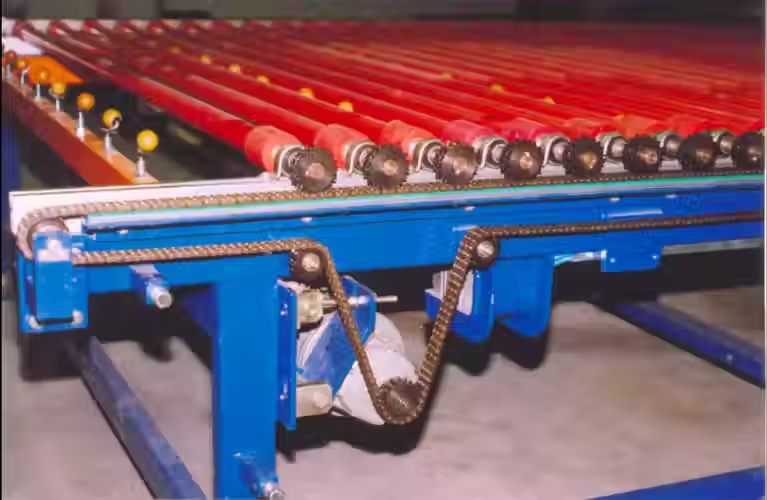VIbratory Auto Feeder
- Jaswanth srinivas
- Oct 22, 2024
- 3 min read
A vibratory auto feeder is a highly specialized machine used to automate the process of feeding small parts, components, or materials in a production or assembly line. It relies on vibrations to move the items from a bulk storage hopper to a designated point, typically aligning and positioning them for the next stage of processing, such as packaging, assembly, or inspection. These feeders are commonly found in industries like automotive, electronics, pharmaceutical, and packaging, where precision, efficiency, and speed are crucial.
Working Principle of Vibratory Auto Feeders
Vibratory auto feeders operate on the principle of mechanical vibrations. These vibrations are typically generated using electromagnetic drives, pneumatic systems, or rotary motors. The vibrations cause the materials or components inside the feeder bowl to move in a specific direction, usually along a spiral track. This movement allows the items to be separated and aligned properly for the next step of the process. The bowl, usually made of stainless steel, is designed in such a way that the parts or components move at a controlled speed and are sorted or oriented as required.
The auto feeder’s vibratory motion is created through a frequency-controlled motor, where the speed and amplitude of vibration can be fine-tuned to suit the material being handled. Sensors are often integrated into the system to ensure that the components are correctly aligned and that any misaligned parts are redirected or rejected.
Types of Vibratory Auto Feeders
Bowl Feeders: These are the most common type of vibratory auto feeders and feature a circular bowl that vibrates, causing parts to move upward along a spiral path. As they move, the parts are separated, aligned, and positioned for further processing.
Linear Feeders: Linear feeders are designed to transport parts from the bowl feeder to the next stage of automation. The vibrations are used to move the parts in a straight line, often to a pick-and-place robotic system.
Centrifugal Feeders: These feeders are ideal for high-speed applications and rely on centrifugal force instead of vibrations to feed and align parts. They are used for larger or heavier parts that may not move efficiently with vibration alone.
Step Feeders: These feeders operate by mechanically lifting and orienting parts step-by-step. While slower than bowl or centrifugal feeders, they are highly accurate and are used when precision is critical.
Applications
Vibratory auto feeders are versatile and can handle a wide variety of products, including screws, bolts, pharmaceutical pills, bottle caps, electrical components, and more. Their key advantage lies in their ability to efficiently handle small and fragile components without causing damage.
Automotive Industry: Used to feed screws, fasteners, and other small components in automotive assembly lines.
Pharmaceutical Industry: Employed to feed pills and capsules in packaging or inspection systems.
Electronics: Used to handle delicate components like microchips, capacitors, and connectors in high-precision electronic assembly lines.
Food and Beverage: Used in automated packaging systems for handling bottle caps, containers, or even small food items.
Benefits of Vibratory Auto Feeders
Efficiency and Speed: Vibratory feeders can process large volumes of parts quickly, reducing manual labor and speeding up production cycles.
Automation: These feeders enable the automation of the feeding process, allowing for seamless integration into larger automated systems, improving workflow and productivity.
Precision: By aligning and orienting parts accurately, vibratory feeders ensure that each component is fed correctly, reducing errors in the assembly or production process.
Customizability: The feeders can be customized to handle different part sizes, shapes, and materials, making them suitable for various industries.
Durability: Made from durable materials like stainless steel, vibratory feeders are designed for long-term use in industrial environments.
Conclusion
A vibratory auto feeder is a critical tool in modern manufacturing and assembly processes, providing automated, efficient, and precise handling of small parts and components. Its versatility across industries, combined with its ability to improve production speed and accuracy, makes it a valuable asset for businesses looking to streamline their operations. Whether in the automotive, electronics, pharmaceutical, or packaging industries, vibratory auto feeders enhance productivity while minimizing human error and downtime.




Comments